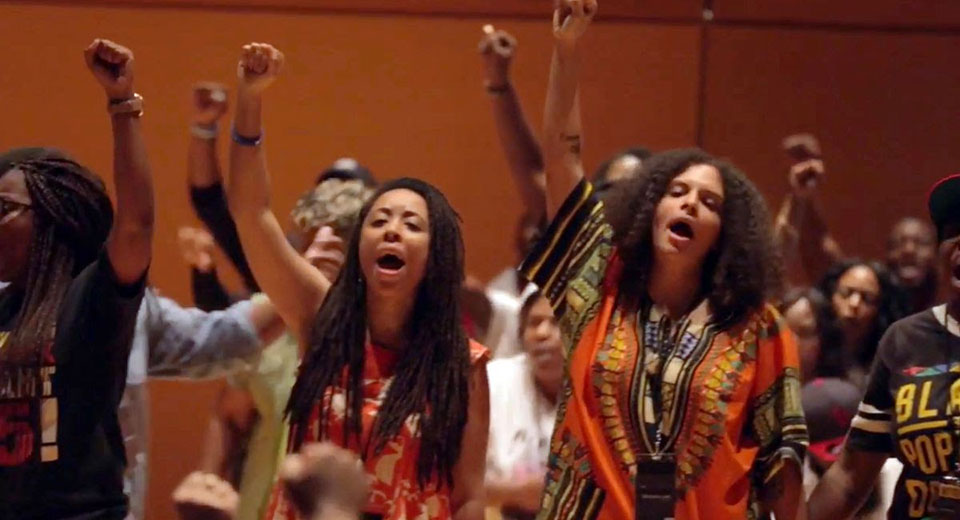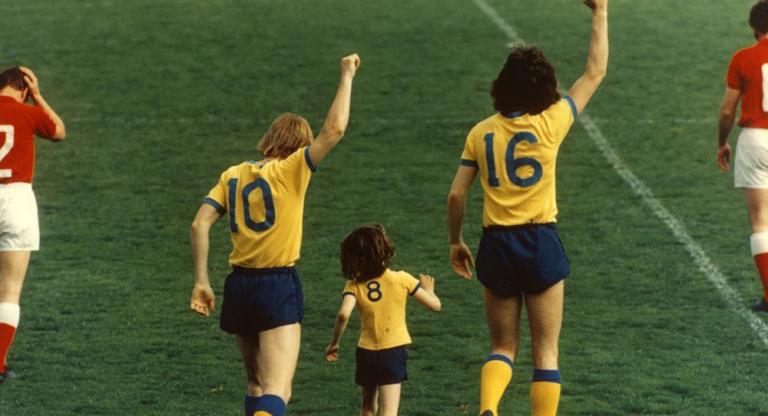
Today we feature a full series overview of "We Tell: Fifty Years of Participatory Community Media," written by Maxwell Paparella. As he begins:
"There are, in fact, films and videos that make good on the democratizing promise of their media. Moving image technology may never manage to outpace the market, which has expanded to subsume each of its iterations, but it can at least deliver tools to communities that desperately need them. It can allow for a record of events that might otherwise have been forgotten and can provide a weapon in struggles that might otherwise have been lost without a contest. ”We Tell: Fifty Years of Participatory Community Media” is a traveling program of short-form documentaries that exemplify such possibilities of moving image work in this country. "


